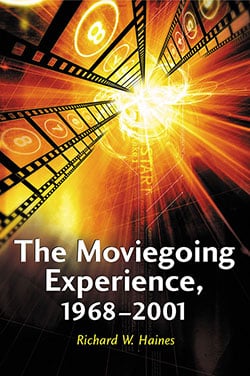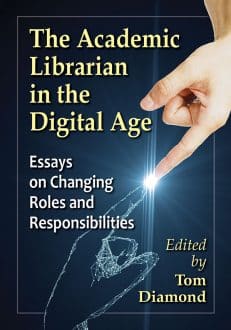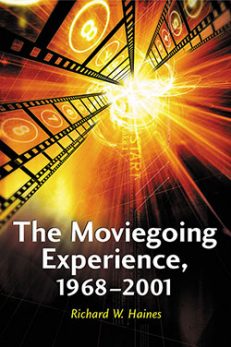The Moviegoing Experience, 1968–2001
Original price was: $39.95.$31.99Current price is: $31.99.
In stock
About the Book
The experience of going to the movies, be it a single screen theater, twin, multiplex or drive-in, is affected by many different factors that have shifted over the years. Just as movies emerged from silent to talking, black and white to color, there has invariably been change in the way movies are made, copied, distributed and viewed. This change in the moviegoing experience, for better or for worse, is worth studying.
This work examines the American moviegoing experience from 1968 to 2001—the way in which movies are made and regulated (including the demise of the Production Code and the emergence of the ratings system) as well as changes in lighting, cinematography and coloring techniques. The projection practices of the past and present, during and after the presence of the Projectionists Union, and the advent of the “platter,” which allowed for automated projection, are discussed.
How home video and cable affected the content of films after the eighties and the history of computerized special effects leading to the development of digital cinema projection are included. The work also covers the changing types of venues over the last third of a century and other aspects that affect, positively or negatively, the entire moviegoing experience.
About the Author(s)
Bibliographic Details
Richard W. Haines
Format: softcover (6 x 9)
Pages: 280
Bibliographic Info: photos, appendices, notes, bibliography, index
Copyright Date: 2003
pISBN: 978-0-7864-1361-4
eISBN: 978-0-7864-8074-6
Imprint: McFarland
Table of Contents
Acknowledgments vii
Preface 1
Introduction 3
1 Cinema in the Sixties 5
2 Demise of the Production Code 15
3 Multiplexes and Twinning 87
4 Projection 94
5 Cinematography 106
6 The Home Entertainment Revolution 124
7 Distribution Changes in the Seventies, Eighties and Nineties 142
8 Alternate Venues 163
9 Digital Cinema 187
10 The Fate of Film 196
Appendix A: Surviving Movie Palaces 199
Appendix B: Surviving Drive-Ins 218
Appendix C: Classic Studio Style Cinematographers 225
Appendix D: Contemporary Style Cinematographers 235
Notes 247
Bibliography 251
Index 259
Book Reviews & Awards
“detailed…Haines has produced a masterful work. The book expands our understanding by succinctly explaining the decline of the film and cinema in recent times. It poses new questions yet to be answered…a fine contribution to the study of film and the methods by which it is viewed in the United States. The book includes a variety of valuable filmographies…a work that will serve as a fine resource for scholars, students, and media specialists and should spark further investigation and research in the field”—Film & History.






